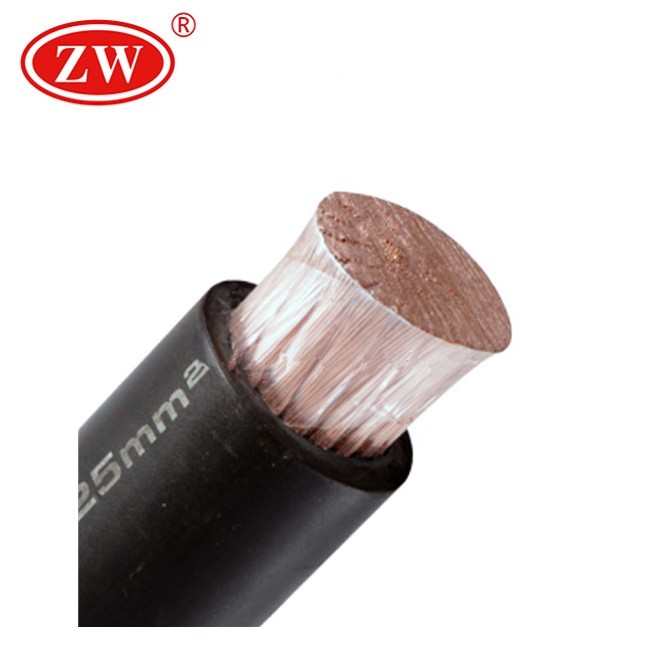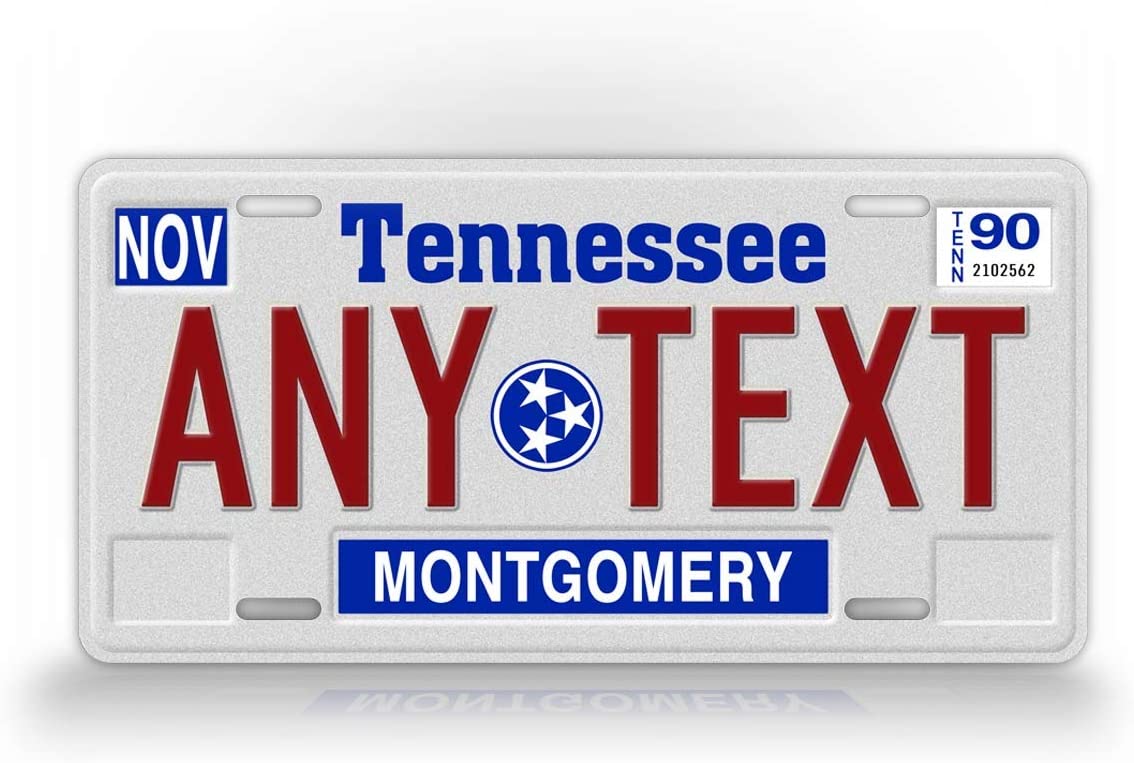
How to Buy a New Car from a Fleet Dealer
Content
If you’re in the market to buy a brand new vehicle, you’ll need to strike a deal with a sales staff member at a car dealership. Regardless of the brand you are intent on purchasing, all dealerships employ salespeople to conduct sales transactions.
Fleet sales personnel are trained to deal directly with businesses that typically purchase multiple vehicles per year or even several vehicles at a time. They typically spend less time working hard to close one deal at a higher price and spend their time more fervently building relationships with companies where several vehicles can be sold at a wholesale price.
Fleet salespeople often are paid on a different commission structure than salespeople who sell to the general public. In most cases they are paid based on the total volume of vehicles sold at a lower percentage than the normal commission. They sell a much higher number of vehicles than an average car salesperson, so this structure rewards them well.
It’s possible to purchase a private vehicle through fleet sales in some dealerships. There are benefits to purchasing through the fleet department including:
- Less time to complete the sales process
- Lower pressure sales techniques
- Wholesale prices
Part 1 of 4: Perform vehicle and dealership research
Step 1: Narrow down your vehicle selection. To purchase a vehicle through fleet sales at a car dealership, you need to first be fully sure of which vehicle you would like to buy. While you are dealing with the fleet salesperson is not the time to be deciding which vehicle you would like to buy.
Once you’ve concluded on exactly which model you would like to buy, decide which options you must have and which ones you’d like but can live without.
Step 2: Arrange personal financing. Fleet sales are frequently cash sales, meaning the fleet making the purchase doesn’t utilize the dealership manufacturer’s financing for the sale.
Attend your financial institution or bank to be pre-approved to finance your new car purchase.
It doesn’t mean you will definitely use this finance option but in the event it is beneficial to do so, it is available for you.
Step 3: Research fleet sales. Call each dealership in your surrounding area that sells the car you want.
Ask for the name of the fleet manager at each dealership you call. You may be asked your reason for calling, but be insistent that you need to get the name of the fleet manager.
Once you have the name of the fleet manager, ask to speak with him or her.
Request their contact information including direct phone number, fax number, and email address.
Explain that you will be purchasing a fleet vehicle and would like to give them an opportunity to bid on your sale.
Attention: Some fleet departments will not be interested in selling a vehicle to a member of the general public. If you are asked which organization or company you work for, feel free to use your employer’s name. Don’t lie about your intentions, though leaving company information vague is often enough for the fleet salesperson to be willing to proceed.
Functions: If a fleet department is not interested in placing a bid, don’t push the issue with them. Their bid will likely not be competitive if they end up placing one and you will have wasted your time with them.
Step 4: Compile a list. Compile a list or spreadsheet of each fleet department you contact. Organize their contact name and contact information, and leave a column for their bid.
Part 2 of 4: Request bids
Step 1: Call the salesperson. Call each fleet salesperson you’ve made contact with and inform them that you will be sending them information on a vehicle you would like them to bid on. Be prepared to accept a bid.
- Functions: Call during regular daytime operating hours as that is when most companies operate, thus those are the hours that fleet salespeople keep.
Step 2: Send your vehicle information. Send your particular vehicle information to each person on your list that you are requesting a bid from. Don’t leave out any pertinent details, including the primary color you want and any secondary colors you would consider, the option must-haves and preferences, engine size, and so on. Email is definitely a popular choice for communication, though many businesses still use fax for regular contact.
Step 3: Set a purchase time frame.
Indicate your intended purchase timeline. Don’t extend the timeline beyond two weeks; three to seven days is best.
Give 72 hours for fleet departments to respond. Thank each salesperson for their bid. If you haven’t received a bid after 72 hours, make a final offer to each unresponsive salesperson to submit a bid within 24 hours.
Step 4: Compile your bids into your spreadsheet or list. Once your bid window has closed, assess your new car bids. Determine which bids are for the exact vehicle you want or if any necessary options are omitted or included that weren’t specified.
Contact each bidding salesperson to clarify any vague details of the bid.
Check if the vehicle they are proposing for you is in stock, is in transit to the dealership, or would need to be custom ordered from the manufacturer.
Ask each fleet salesperson if their bid is their lowest price. Let them each know the lowest bid you have received and from which dealership. This gives your bid authority. Allow them the opportunity to revise their pricing more aggressively.
Part 3 of 4: Select your seller
Step 1: Consider all the bids you have received. Narrow down your two best bids and focus on them.
Step 2: Contact the second lowest bid. Contact the fleet salesperson for the second lowest bid that came in. Use email or phone for your contact so it will be recognized quickly.
Step 3: Negotiate. Offer the second-lowest bidder a price marginally lower than the lowest bid you received. If your lowest bid was $25,000, offer a price $200 below that. Be kind and respectful as aggressive negotiations can shut down the process completely.
Step 4: Conclude the sale. If the salesperson accepts, immediately contact them back to make arrangements to conclude the terms of the sale.
Step 5: Contact your lowest bid. If the salesperson rejects the offer, contact the salesperson associated with your lowest bid and make the arrangements to purchase their vehicle. Do not haggle or negotiate as you have the lowest price in the market already.
Part 4 of 4: Conclude the sale
At this point, you’ve achieved the lowest price based on all the bids in the area surrounding you. When you go into the dealership to complete your purchase, there should be no need to negotiate any further except if the price isn’t what you’ve agreed upon or the vehicle isn’t as you discussed.
Step 1: Arrange a time for paperwork. Call your fleet salesperson and arrange a mutually acceptable time to go in and complete the necessary paperwork.
Step 2: Speak with salesperson. When you arrive at the dealership, speak directly with your salesperson. Again, all your research and negotiation are complete so this should be a quick process.
Step 3: Discuss your financing options. Decide whether the manufacturer’s financing options are beneficial for you circumstances or if you’d prefer to go through your own bank.
Because you are dealing with a fleet salesperson, you will not be bounced around from salesperson to closer to finance manager. The fleet salesperson can do it all for you.

